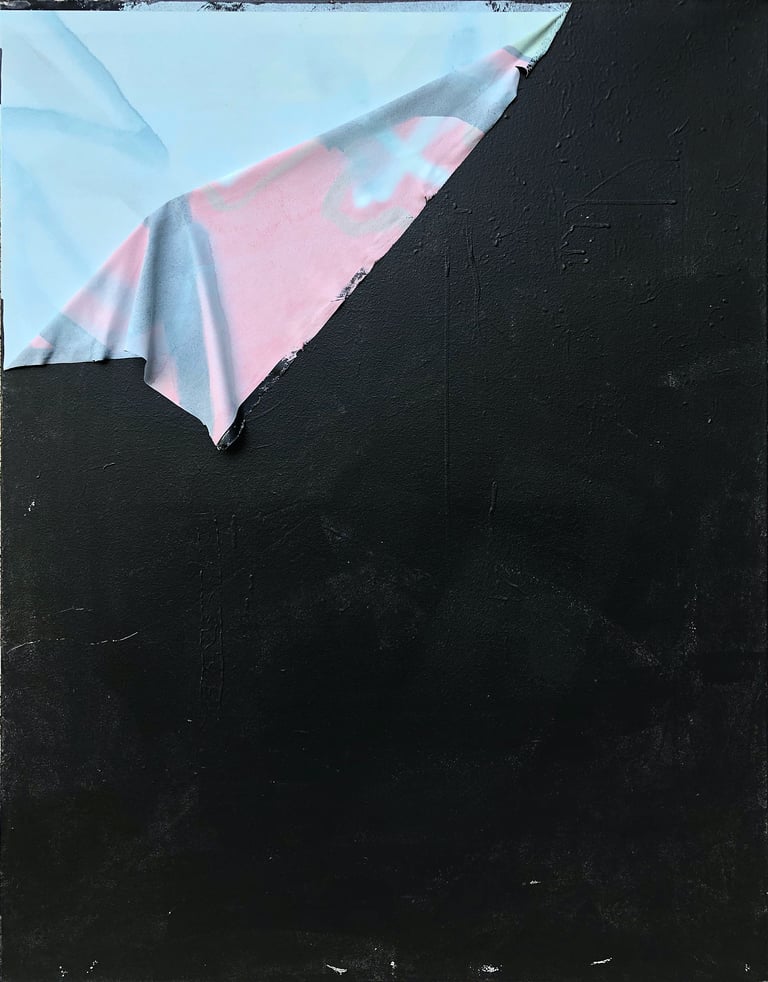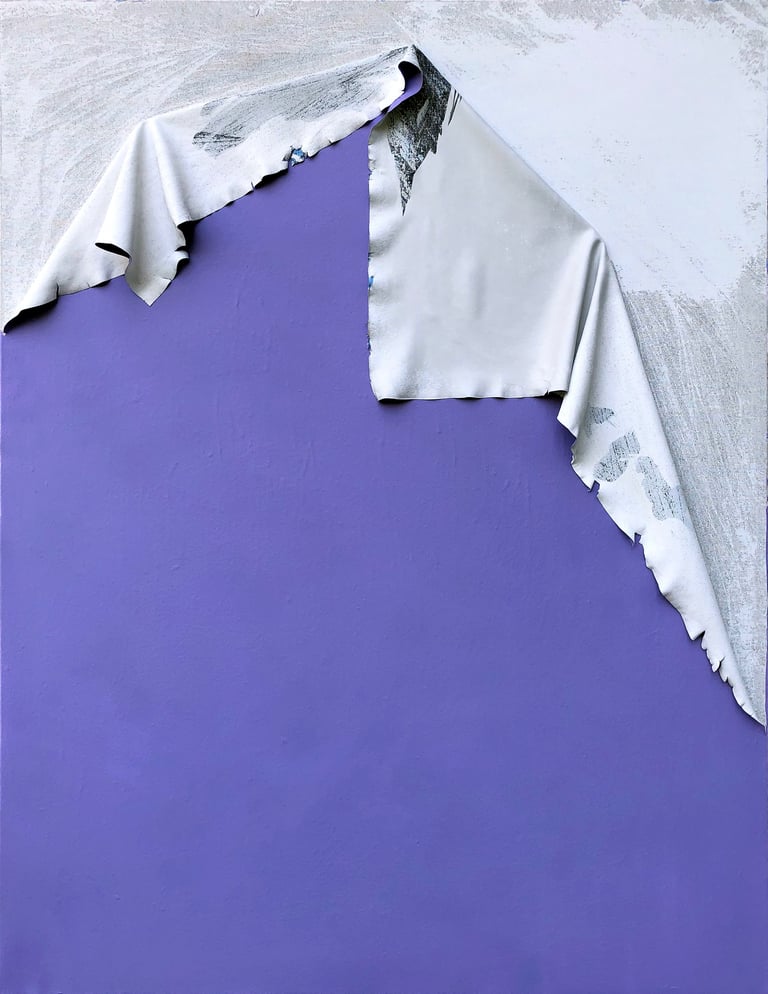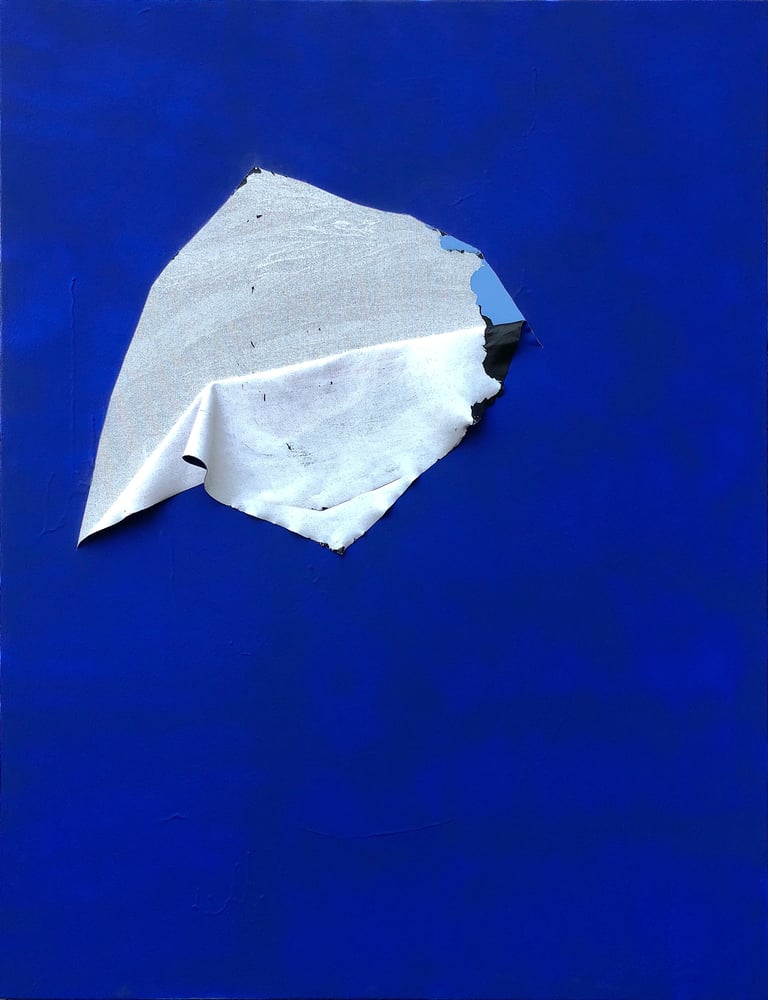





Peeled paintings
The latest artworks from series ‘Peeled paintings’ is questioning my identity as an artist and the painting as a form of thinking itself which refuses the traditional limits of the two dimensional picture plane.
The beginning of creative process was to take old paintings and cover them with new layers of paint to create a fresh canvases for new ideas. I used them as a canvases for sketching and in the final moment when there was up to twenty layers of paint, I decided to peel them off the canvas using hot air gun.
As a result, I understood that this is a culmination of what I am looking for. From my point of view, artworks has an interesting relation with an old painting masters hidden masterpieces over-painting. This process of over- painting is constant search of perfection. Then the artworks became a fact of internal conflict of an artist identity based on doubts and questions.
‘The series of three paintings by artist Jurgis Tarabilda ‘Peeled paintings’ (2018) reveals three different, yet associated with each other, aspects. I'll discuss them here.
Material and form. Works created by usual materials of expression for painting, i.e. acrylic paint on canvas, but I would not recommend calling them paintings. Although the structure of the works forms by different layers of paint on the canvas, they are used not to capture the image, but to hide it (painting on top). This is a unique kind of deconstruction of painting as a figurative arts branch - not "frame" (literally and figuratively), but the transcendence of matter and dimension. In other words, it's questioning the boundary between sculpture and painting, 2D / 3D of abstraction and realism.
Also, these works acquire relevance of contemporary cultural field and (self) reflection aspects. In other words - gestures.The constant painting and repainting of the same ‘scenario’ on the same canvas - the result of pursuit and constant search of perfection. Throughout this, the works of J. Tarabilda coincide with the creative process of young (artistic) generation based on doubts, indecision and raising questions.
Distinctiveness, in these works, becomes even the artist’s painting and repainting (about twenty times) of the canvas do not remain the same enough. I have in mind that part of the surface, using a heat gun, is revealed/ peeled off (marked). Although, according to the author, this is an intuitive gesture, but the ‘revealed’ layers reflect both the problem of identity (gesture) and the ‘marking’ of a formed, not reproducible reality.’
Art researcher and curator dr. Aušra Trakšelytė